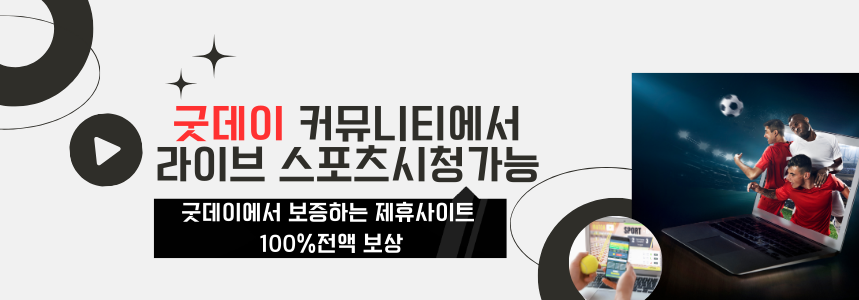In recent years, online gaming has exploded into a multi-billion-dollar industry, transforming the way people around the world connect, compete, and immerse themselves in virtual worlds. As technology continues to evolve, so does the scope and complexity of online gaming, offering players a wide array of experiences that cater to all kinds of interests and skill levels. Whether you’re a casual gamer or a professional eSports athlete, online gaming has something for everyone. This article delves into the world of online gaming, its impact, and the future of this digital revolution.
The Growth of Online Gaming
The roots of online gaming can be traced back to trang chủ 88clb the early days of the internet when multiplayer games like Doom and Quake allowed players to connect over local area networks (LAN) or dial-up connections. However, it wasn’t until the late 1990s and early 2000s that online gaming truly began to take off. The advent of broadband internet, coupled with the rise of gaming consoles like PlayStation and Xbox, paved the way for more accessible and reliable online multiplayer experiences.
Today, online gaming is no longer limited to just PCs or consoles. The rise of smartphones has allowed millions of people to engage in mobile gaming, from quick puzzle games to massive multiplayer online role-playing games (MMORPGs). With the proliferation of high-speed internet and powerful devices, players are able to enjoy games with stunning graphics, complex mechanics, and social interaction from anywhere in the world.
The Social Aspect of Online Gaming
One of the most captivating aspects of online gaming is its ability to connect people across different cultures, time zones, and geographical locations. Players can team up or compete against others in real-time, forming communities and friendships that transcend physical boundaries. Multiplayer games like Fortnite, League of Legends, and Call of Duty have become platforms where players can interact, strategize, and even share their gaming experiences through live streaming services like Twitch and YouTube.
Gaming clans and guilds are common in the online gaming community, with members often collaborating to achieve in-game objectives or just enjoying casual gameplay together. The social nature of gaming has been further enhanced by the integration of voice chat, social media features, and in-game events, making online gaming a highly engaging and interactive experience.
The Rise of eSports
As online gaming has gained popularity, a new facet of the gaming world has emerged: competitive gaming, or eSports. eSports refers to organized, multiplayer video game competitions, particularly between professional players, teams, and leagues. Titles like Dota 2, Counter-Strike: Global Offensive, and Overwatch have turned competitive gaming into a spectator sport, drawing millions of viewers across the globe.
Major eSports events, such as The International (Dota 2’s annual championship) and the League of Legends World Championship, are broadcast on live streaming platforms and even televised in some regions. These tournaments offer substantial cash prizes, sponsorships, and career opportunities, elevating online gaming from a pastime to a legitimate profession for skilled players.
The rapid growth of eSports has also spurred the creation of gaming academies and training programs, where aspiring players can hone their skills to compete at the highest level. This burgeoning industry has also led to the development of gaming hardware and peripherals designed specifically for competitive play, such as high-refresh-rate monitors, gaming mice, and specialized controllers.
The Economic Impact of Online Gaming
Online gaming is no longer just a form of entertainment—it’s a booming industry that generates significant revenue. According to Newzoo’s Global Games Market Report, the global gaming market is expected to surpass $200 billion by 2025. The industry is not only driven by game sales, but also by in-game purchases, subscription services, and advertising.
Free-to-play games, which offer players the option to purchase cosmetic items or other in-game benefits, have become incredibly profitable. Games like Fortnite, PUBG Mobile, and Genshin Impact have demonstrated that monetization models can be successful without requiring an upfront purchase, encouraging a new wave of gamers to join the digital ecosystem.
Additionally, online gaming has led to the creation of entire industries surrounding game development, marketing, and content creation. Game developers, streamers, and content creators now play a pivotal role in shaping the gaming landscape. Platforms like Steam, the Epic Games Store, and mobile app stores have become central hubs for distributing games to millions of players worldwide.
Challenges and Controversies
Despite its many benefits, online gaming is not without its challenges. One of the most significant concerns is the issue of addiction, particularly among young players. The immersive nature of online games and the constant availability of new content can lead some individuals to spend excessive amounts of time gaming, often at the expense of their education, work, and social life.
Additionally, the online gaming community can sometimes be toxic, with harassment, cheating, and toxic behavior being prevalent in certain games. Developers have implemented various measures to combat these issues, such as reporting systems, anti-cheat software, and in-game moderation, but the problem persists in some corners of the gaming world.
There is also the issue of security and privacy, with online gamers being at risk of cyberattacks, data breaches, and identity theft. It’s crucial for players to take the necessary precautions, such as using strong passwords, avoiding suspicious links, and safeguarding their personal information.
The Future of Online Gaming
The future of online gaming looks incredibly bright, with new technologies like virtual reality (VR), augmented reality (AR), and cloud gaming set to revolutionize the experience. VR and AR have the potential to transport players into fully immersive worlds, offering a more lifelike and interactive gaming experience. Cloud gaming, which allows players to stream games directly from remote servers, is expected to make gaming more accessible to a wider audience by eliminating the need for expensive gaming hardware.
Moreover, the development of artificial intelligence (AI) and machine learning will likely result in smarter, more dynamic in-game environments and opponents. AI-driven games could adapt to players’ behavior, making each gaming experience unique and challenging.
Conclusion
Online gaming is more than just a pastime—it’s a global phenomenon that has reshaped the way we interact, compete, and entertain ourselves. Whether you’re a casual player, a competitive eSports athlete, or a content creator, the online gaming world offers endless possibilities for connection, fun, and success. As technology continues to evolve, it’s exciting to imagine the future of online gaming and the new ways it will bring players together in immersive digital worlds.
In this ever-expanding digital frontier, one thing is clear: online gaming is here to stay.








